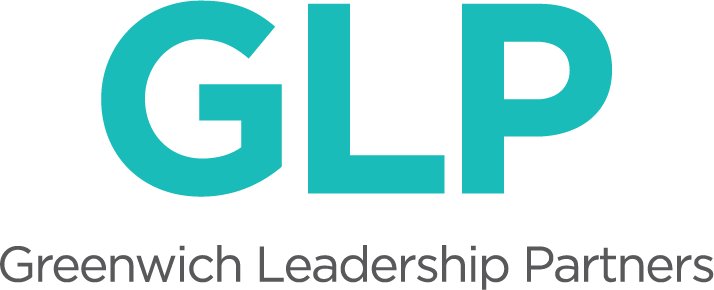When do you actually look forward to going to a meeting? One of the biggest complaints we hear from educators is that they are asked to attend too many meetings that waste their time. As facilitators of meetings, we are constantly asking ourselves: what kind of experience do we want people to have; what makes a meeting valuable, productive and enjoyable?
It occurs to me that most meetings in organizations and schools originate from a logical purpose. Most of the time, they are a forum for advancing a work project, disseminating information, discussing an issue or making decisions. So why so many disgruntled meeting goers? I’ll offer three observations for school leaders.
First, meetings are often conflated with comforting routines and structures. Then they build up like plaque in the organizational arteries. First a (too large) committee or some sort of team is formed; then a schedule for meeting is imposed. Makes sense, but often these structures stick even after the original purpose has been met. Consider your committees, councils and task forces? How clear and relevant are their current missions? How do their purposes align with your strategic priorities and relate to the work you do each day? Do their structures and practices serve you as intended? Are there so many voices with unclear or overlapping roles that it’s hard to see where or how things get done? Would you benefit from a more flexible meeting structure once you have established the pace and purpose for work and deliverables?
Second, meetings are often poorly managed and facilitated, resulting in frustration and cynicism.Conversations quickly and interminably spin down the same old rabbit holes, new territory is rarely explored, and basic needs like action planning and decision making are pushed off. The same voices drive the meeting, and rarely does the conversation change. People rarely look forward to these meetings. They are time wasters, and they reinforce unhealthy behaviors and practices that diminish engagement and decrease productivity. A couple of questions to test meeting efficacy: Who really needs to be in the room and why? How does this meeting advance our work? How is every voice heard? What are the expectations for the meeting (norms and outcomes)? Does this meeting make the best use of our time? Do we leave with clear next steps and assigned roles and responsibilities?
Third, meetings fail to engage. YES! This matters! What makes a meeting enjoyable and purposeful for everyone in the room? Expand your mindset about engagement--and apply it to meeting design. What if meetings pushed our thinking and learning? Made us laugh? Helped us solve a problem? Allowed us to shine and contribute our talents? Challenged and energized us?
So one New Year’s resolution might be to change it up: how can you make your meetings ones that people look forward to? Approach them as you might a classroom--meetings are an opportunity to design a great experience--one where people actually learn, collaborate, and challenge one another around a topic or problem of relevance. Make sure the reason to meet makes sense, facilitate them well and design for engagement. Be creative and have some fun!

